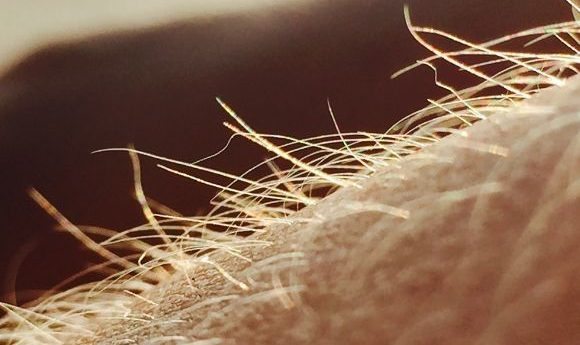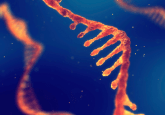Skin cell atlas uncovers cell coordination during hair growth

Through single-cell RNA sequencing, researchers have created a detailed molecular atlas of the skin, which has revealed how cells are coordinated during hair growth and rest.
Mammalian skin has the incredibly important job of acting as a protective, waterproof barrier between our delicate internal systems and the outside world. At the same time, skin cells are also required to produce hair and facilitate perspiration. A tissue of this complexity requires many different types of cells but until now it has been unclear how these cells coordinate.
Now, researchers from the Karolinska Institutet (Solna, Sweden) have produced a systematic molecular atlas of mammalian skin, by mapping skin cells of mice using single-cell RNA sequencing techniques. The atlas then allowed them to investigate how skin cells are coordinated during hair growth and rest.
“We found over 50 different kinds of cells in the skin, including new variations of cell types that have not been described before,” remarked group leader Maria Kasper. “We’ve also seen that most types of skin cells are affected by different phases of hair growth.”
The researchers utilized single-cell RNA sequencing and single-molecule RNA fluorescent in situ hybridization to systemically map 56 distinct skin cell types and their relative gene expression during both hair growth and rest. From this, they were able to produce a detailed molecular atlas of mouse skin in all its complexity.
Using their atlas, the researchers then investigated how the outer root sheath, the outermost layer of the hair follicle, and the inner hair follicle layers coordinate hair production. It was discovered that the outer layer is composed of two cell types with differing capacities for interactions with stromal cell types.
They also observed how the inner layers form from uncommitted progenitors, a type of stem cell that has started its specialization towards specific hair follicle parts, and mature via intermediate, molecular states.
“This gives us vital knowledge on the flexibility of the skin, what the skin does to maintain its function and structure in different situations,” explained Simon Joost, first author on the paper. “This knowledge may help us understand the flexibility of other organs, how they renew themselves and respond to different needs.”
The map the authors created has been made available in an open-access online atlas, to allow other researchers to investigate gene expression in skin cells and spur further discoveries in skin biology. They hope that the atlas will provide information to aid other scientists investigating skin diseases, wound healing or skin cancer.





